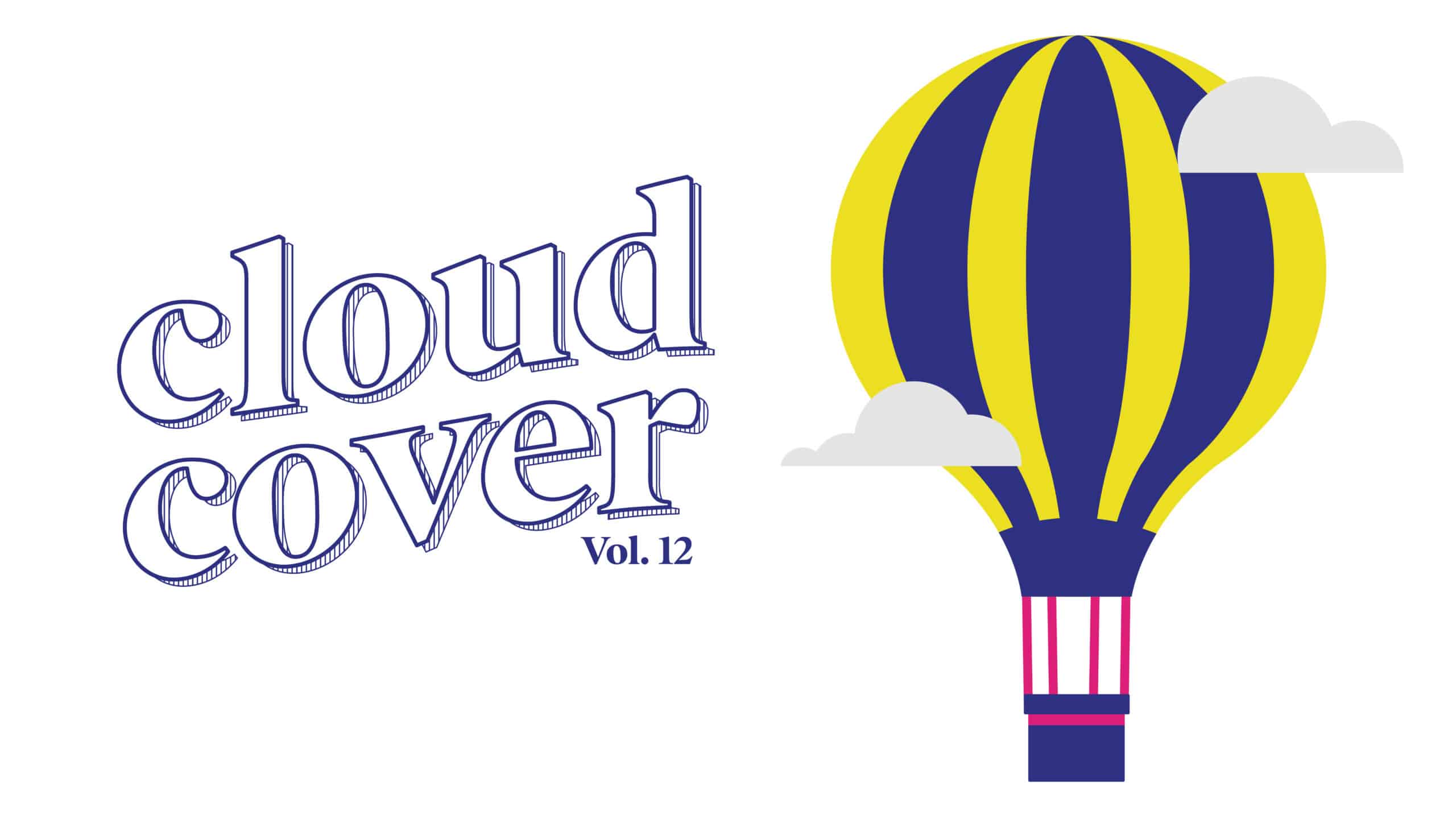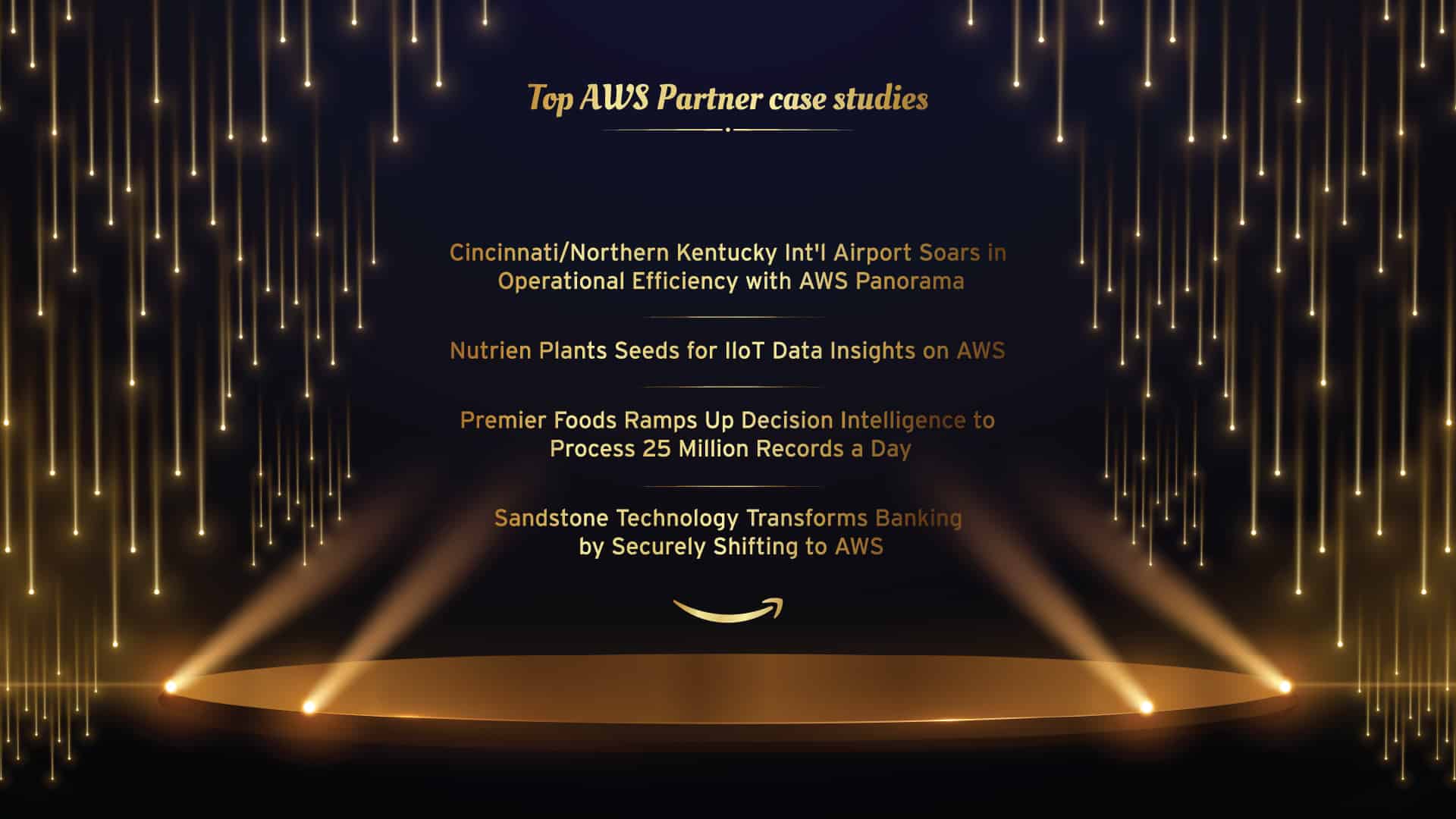
Image by Evan Aeschlimann
World domination
- AWS plans to invest nearly $13B in its presence in India, a key overseas market for the cloud provider, by 2030. It will create jobs in engineering, construction, and telecom.
- Next door, Southeast Asia is seeing a surge in public cloud adoption. Get ready for those 1 a.m. meetings, Seattle. I’m gonna have to take my mouthguard out and everything.
- Latin America is also on the AWS radar. While Brazil is its biggest market, the company is driving digital transformation through channel partners in Chile, Argentina, Colombia, and Mexico.
- Now let’s travel to the crumbling late-stage capitalist house of cards known as the United States. Originally, Oregon wanted to stick to its sustainable ways and was mulling whether or not to approve some more AWS carbon-spewing, energy-sucking data centers. Not only did Oregon approve five of them, but it also threw in $1B in tax breaks. ‘Cause it’s too late anyway, guys. It’s too late.
- Microsoft has made concessions to appease EU regulators following complaints from Slack. The cloud giant will now charge different prices for Office with Teams and without Teams.
- Good lord, the EU is on Microsoft like white on rice because all their competitors are tattling. Next target is Microsoft Azure, which has received a variety of complaints that include price gouging and restrictive licensing terms.
Gossip (for nerds)
- Microsoft announced that “due to tough economic conditions” (which somehow include surpassing analyst expectations on the most recent earnings??) there will be no raises this year. But there will be bonuses, stock awards, and promotions.
- These tough economic conditions for Microsoft must also include the $69B Activision Blizzard acquisition, which was FINALLY approved. The green light came after Microsoft agreed to some notable concessions.
- Google doesn’t want to feel left behind following Microsoft’s Chat GPT/Bing integration. After the little (and by little I mean outrageously expensive) snafu with its AI, Google is now rolling out its AI to its core search engine, making this writer wonder how much meth the Google chef is sprinkling on all that free food. It’s like Salt Bae, but with meth.
- If Google won’t be responsible then Microsoft will, surely. After gutting what was essentially its responsible AI team, the company wants to…hire a responsible AI team? I’m serious.
Wheelin’ and dealin’
- Scepter—a self-proclaimed air monitoring entity—and ExxonMobil are working with AWS to develop a data analytics platform for measuring methane emissions in the United States. Since an oil company is involved, I feel completely confident that these measurements will be honest and exact. Because really, isn’t that what Exxon is known for? Honesty?
- Enterprise cloud data management company Informatica is expanding its partnership with AWS to include GTM efforts, vertical solutions, and more integrations across data, analytics, and AI.
- Microsoft is making like Amazon and doling out cloud credits to startups. “Pegasus” is an extension of Microsoft’s Startup Founders Hub and is a two-year program that goes beyond credits and into advice and stuff. Lots of advice. And sales help.
- NVIDIA’s hardware has powered the rise of generative AI, including for Microsoft, but now the cloud giant is looking to get cozy with AMD to improve GPU capability. The details are scant but I SHALL keep an eye on this.
- Time for a four-way starring Microsoft, Dell, VMware, and Red Hat. The foursome wants to help improve multi-cloud management and mobility of distributing apps and data via Dell’s Apex multi-cloud services portfolio.
New stuff
- AWS has improved the price performance of its Amazon Aurora relational database and increased cost predictability by optimizing its data input and output operations.
- Private access to the AWS management console is now in general preview. It’s a security feature that lets users limit access to the console from their VPC. Basically, the bouncer won’t let you into the club without the right IP address.
- Getting into da club takes me to: IDs may be headed for the circular file. Since we all want to live in Blade Runner 2049, Amazon is preparing to launch a touchless payment device that lets you scan your palm
and sign over your soul and alter your DNAfor a beer. - Small businesses can now use a payment app in Teams. Microsoft says it lets SMBs “collect payments from within Teams on your desktop or mobile device during a meeting.” Uh…what kind of meetings are these? Am I the only one that sees the possibilities or…? I mean…have we all known people who “run small businesses” where they “collect payment” during a “meeting”?
- Also coming to a Microsoft Teams channel near you is Collaborative Stageview. You’ll be able to open app content in a new window that participants can engage with.
- Azure Container Storage is now in public preview. Organizations can use this cloud-based service to create and manage block storage volumes for container applications and workloads (how was that not a thing already?).
Miscellany
- Antimetal, which is not an indie band but a startup, is going to reduce cloud wastefulness—starting with AWS users. Using a proprietary AI- and ML-based model, it’s promising customers they’ll save on their AWS bills by rooting out inefficiencies. Normally, companies sign yearslong contracts with AWS to bring cloud costs down…but now they won’t have to. In response, Jeff Bezos is currently charting a course to run over the founder of Antimetal with his yacht—the one parked inside the bigger yacht. If he used the bigger yacht, it would be too obvious. He has to use the smaller yacht. Which, again, is inside the bigger yacht. Little known fact: The smaller yacht is enjoyed by a miniature Jeff Bezos that lives inside the Jeff Bezos we all know and love.
Best Friends Forever
- Fintech and security were the big winners in this round’s AWS Partner activities:
- Global consulting firm Credera has achieved AWS Premier Tier Services Partner status. It can definitely cut the line at the hottest hand-scanning clubs.
- Swiss financial software provider Temenos has integrated its core banking solutions with AWS.
- FinTech company and SoFi subsidiary Galileo Technologies has added its solutions to the AWS Marketplace. And security and IT solutions provider Claro has put its Enterprise Cloud Connect solution on AWS Marketplace.
- New Relic has a new AWS integration that will let users automatically deploy its monitoring infrastructure agent through some AWS…stuff. Benefit: one-time setup with automatic instrumentation.
- “Cyber deception technology leader” Acalvio has successfully completed the AWS Foundational Technical Review and joined the AWS Partner Network, so it can unleash its deception in the cloud.
- SAP and Microsoft are taking the next step in their relationship to collaborate on generative AI. What that really means is that SAP is integrating its SuccessFactors solutions with Copilot in Viva Learning and Microsoft 365 Copilot.
- It’s not Suntory time, it’s Microsoft Partners time:
- Enterprise AI SaaS company SymphonyAI has launched Sensa Copilot and integrated it with Azure Cognitive Search and Azure OpenAI services. The solution offers sophisticated AI assistance to financial crime investigators. Oof, better stay away from Congress amiright.
- Palo Alto Networks unveiled its Next Gen Firewall for Azure as a fully managed service. Only a measly year and three months after it did so for AWS.
- Orca Security is the inaugural cloud-native protection platform to be fully integrated with Microsoft Azure OpenAI Chat GPT-4.
- Break out the breakfast pastry, because Danish master data management solutions provider Stibo Systems has joined the Microsoft Cloud Partner Program as an ISV.
Ma’am, I’m going to have to call security
- Microsoft wants you to know about some stuff TrendMicro found Iranian hackers doing but more importantly, THESE NAMES! Lace Tempest (ooooh!), Mango Sandstorm (ahhhh!), and Evil Corp—leave some cool hacking names for me and Forsyth already. Then there’s the Azure-targeting group, UNC3944, which just sounds like someone who had the last pick of whatever AOL screen names were left over in 1999.










